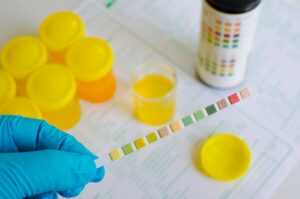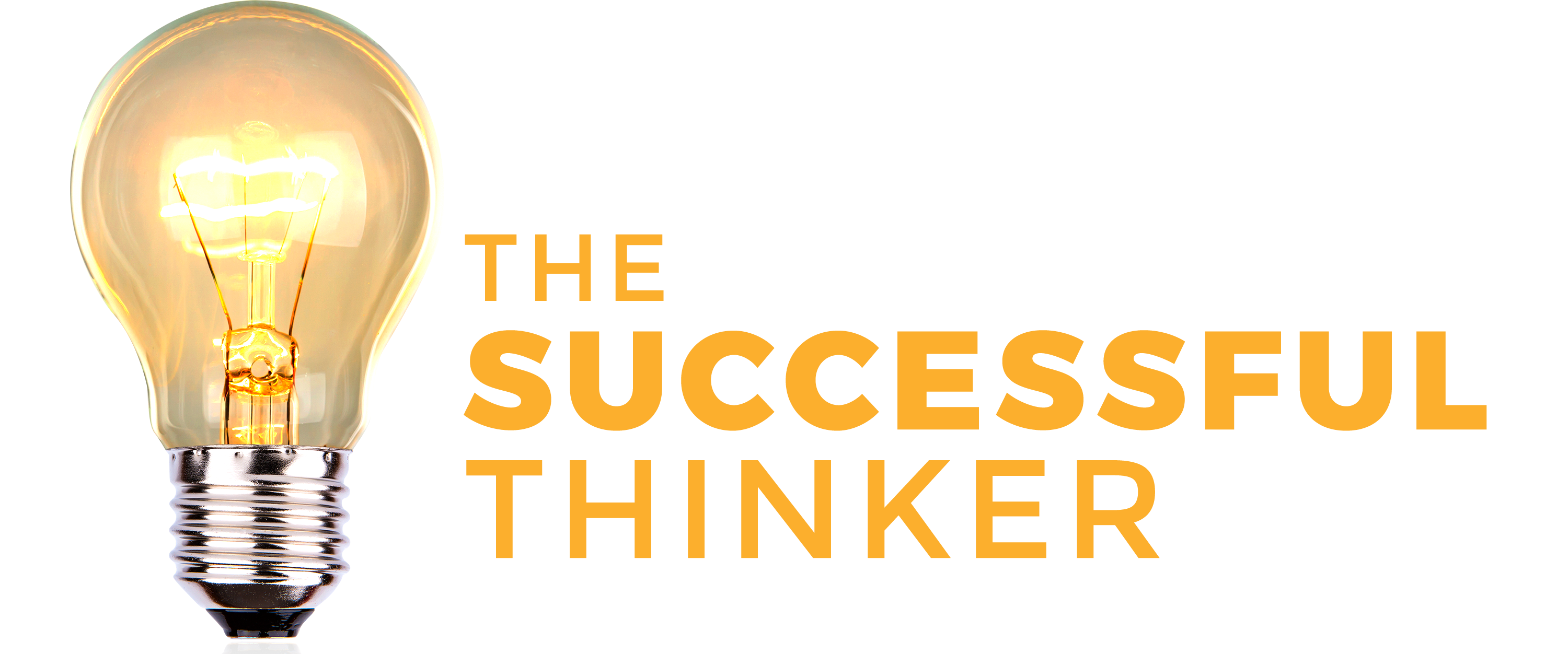
Drug use is an omnipresent cloud that looms over any workplace. Each year, around 70,000 people die from a drug overdose in the United States alone. Worryingly, the use of drugs while at work has increased by 12% since 2015. Another concerning aspect of the use of drugs is the rise of the opioid epidemic since genuine medical physicians overprescribe drugs such as Oxycontin.
But while many people suffer from substance abuse, many in the workforce are taking medication for genuine medical conditions. For example, neurological disorders, chronic pain, and physical disabilities can all warrant prescribed medication. It is, therefore, a natural requirement of any employer to be proactive in determining between authentic use and illicit use to be dealt with accordingly.
Determining Prescribed or Legal vs. Illicit
The statistics alone guarantee that drugs are present at work. However, for any substances found, it is necessary to determine what they are and why an employee has them. Illegal drugs are common, but some opioids are legally prescribed for chronic pain and heart issues. It would be best to determine what any drugs are and request proof of prescription before taking action. Some medicines may cause drowsiness and are dangerous for jobs such as operating machinery.
Also, drug paraphernalia may be found in and around the workplace. But just because someone turns up with a “doob tube,” it doesn’t mean that an employee is high at work. People can use cases like this for holding herbal or self-rolled cigarettes rather than cannabis. Similarly, a pipe doesn’t necessarily indicate the use of crack cocaine. So again, ask your employee to explain and determine a course of action from there.
Schedule Regular Testing
A practical method of safeguarding employees against illegal intoxication at work is by scheduling drug tests. Drug tests can identify anyone under the effects of specific substances, from over-the-counter painkillers to serious illicit drugs like cocaine and methamphetamine. Regular drug tests are also an effective deterrent in keeping employees away from harmful substances as they may think twice if they have a test coming up.
However, drug tests can indicate a positive result for consumption that does not necessarily mean drug use. For example, a recently eaten poppy-seed bagel can force a positive test for opioids. In addition, legal CBD oil, specific B vitamins, and even mouthwash can also cause a false positive for cannabis and alcohol. For this reason, drug testing is most effective when there is a clear and present danger to others. It does not indicate a guarantee that someone is under the influence.
Offer Guidance Rather than Termination
Of course, there is a good chance that some good people are in a bad situation, and they need help. Unfortunately, not all employers are understanding, but you have the opportunity to support someone through a hard time. Rather than terminating their contract and making their problems worse, you might consider helping an employee. Unless, of course, there is a clear pattern of drug use with a disregard for the safety of everyone else.
While it isn’t viable to pay for an expensive rehab program, you could use existing facilities. It is now common practice for a company to employ on-site therapists. These are useful for supporting staff members with substance abuse problems. Of course, anything discussed is completely confidential, so you may not know the extent of an employee’s issues. But you can help reduce them by offering the guidance and support someone might need.
